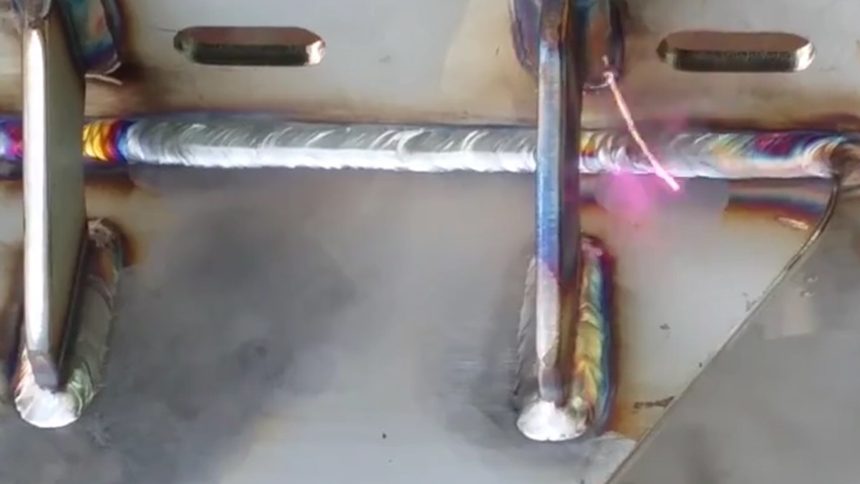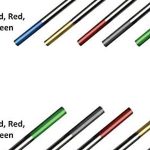In order to establish a strong bond during welding, it is crucial to meticulously clean the metal beforehand. Failure to do so may lead to hindrances in the welding process, such as resistance, weld splashes, and poor adhesion. Therefore, if the metal surface contains corrosion, paint, dirt, or mill scale, it is essential to perform a thorough cleaning before initiating the welding process.
TIG Welding: What is Scratch-Start, Lift-Arc and HF Ignition?
Welding Town
7 EASY STEPS TO CLEAN METAL BEFORE WELDING
Here are seven easy steps to effectively clean the metal before welding:
- Contaminants
Utilize acetone to cleanse the surface of any contaminants. Even after eliminating paint and corrosion, residual particles must be removed to prevent any undesirable reactions during welding. - Sandpaper
Employ sandpaper to remove rust and paint from the metal surface. Use coarser grit for faster removal, but be cautious not to damage the metal. Aluminum oxide paper is suitable for metal and offers extended durability. The grit size should be between 80 and 100 for rust removal from machinery, while a smoother finish like furniture necessitates grits no coarser than 150. - Abrasive Blasting
For deeper cleaning, abrasive blasting or sandblasting is highly effective. If the metal is heavily covered in rust or paint, sandpapering may prove insufficient. Sandblasting is recommended in such cases. Portable versions of this industrial equipment are available, though they are less commonly used. - Wire Brush
Utilize a wire brush to access difficult angles and grooves. It works wonders in removing mild impurities like flaky paint, rust, and weld splatter. A crimped wire brush is suitable for quick cleaning, while a knotted brush ensures more thorough removal. However, certain adhered impurities may require additional measures. - Angle Grinder
The angle grinder is the fastest method for eliminating large impurities. Rust, paint, mill scale, and other materials can be efficiently removed using a flap or sanding disc. Take care not to damage the metal during this process, especially when working with thicker materials. - Chemicals
Chemicals resembling acids can be utilized to remove rust, paint, and other contaminants. Proper precautions must be taken when handling these chemicals, as they can be hazardous if mishandled. Alternatively, non-toxic chemicals can be used, though they may take longer to achieve the desired effect. - Aluminum
Welding aluminum requires specific cleaning techniques due to its sensitivity to impurities. Begin by cleaning the metal with acetone, then use acid or a wire brush to remove surface impurities. Afterward, clean the area with acetone again. Avoid brushing impurities before using acetone, and if you won’t be welding aluminum immediately, cover and store it properly to prevent decontamination.
THINGS TO KEEP AWAY FROM
Things to Avoid: Certain mistakes can compromise the quality of the cleaning process and subsequent welding job:
- Ensure there are no deep ridges or stains as concealed contaminants can hinder removal and reduce welding quality.
- Excessive surface cutting should be avoided, especially with thin metal, as it may weaken the material’s strength and shape.
- The metal must be free from dust, oil, or other contaminants that could affect the weld and create issues.
- Never weld wet metal; ensure it is dry after cleaning before starting the welding process.
- When handling chemicals, extreme caution is necessary, covering the containers and protecting your skin and eyes.
By adhering to these metal cleaning processes, you can optimize your welding results and achieve superior welding quality.










